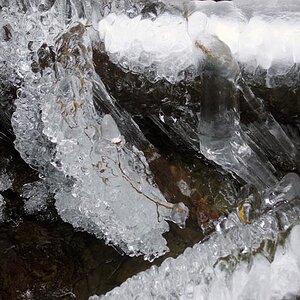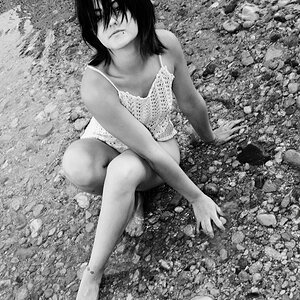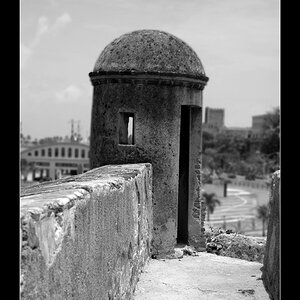bp4life71
TPF Noob!
- Joined
- Sep 6, 2009
- Messages
- 188
- Reaction score
- 0
- Location
- Massena, NY
- Can others edit my Photos
- Photos OK to edit
Gentlemen,
Once again, I have questions.....amateur questions at that!
Will I be able to produce the In-Focus/Background blurred effect with the kit lenses of either the Canon XS/XSI or the Nikon D60?
I'm asking about both kits because i STILL have not decided which camera to get this weekend. Feel free to persuade me on one or the other though. But PLEASE answer my actual question first.....subject focused/background not...yes or no?
Thanks guys...great forums here.
Once again, I have questions.....amateur questions at that!
Will I be able to produce the In-Focus/Background blurred effect with the kit lenses of either the Canon XS/XSI or the Nikon D60?
I'm asking about both kits because i STILL have not decided which camera to get this weekend. Feel free to persuade me on one or the other though. But PLEASE answer my actual question first.....subject focused/background not...yes or no?
Thanks guys...great forums here.





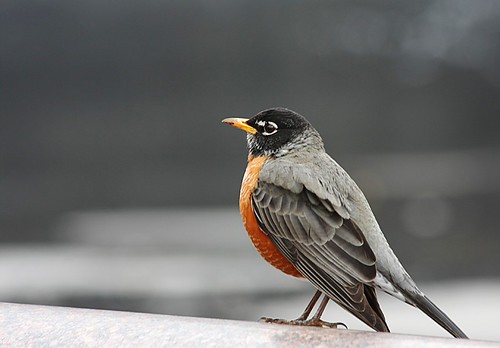


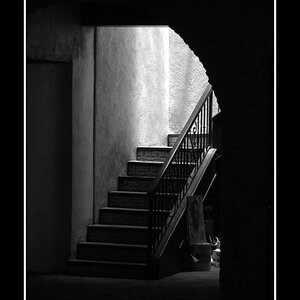
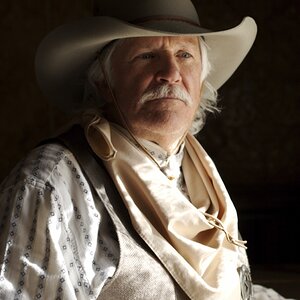
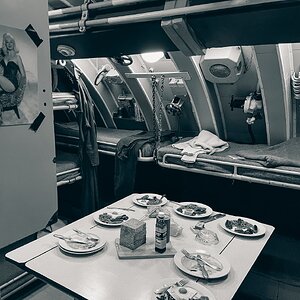
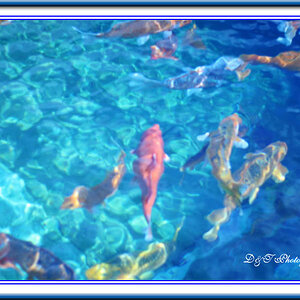
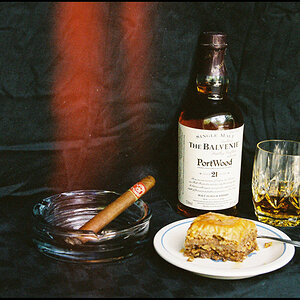
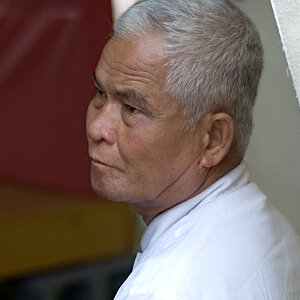
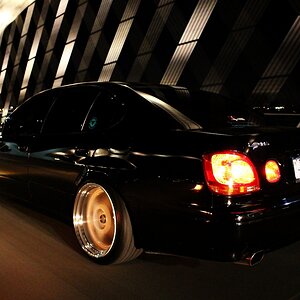
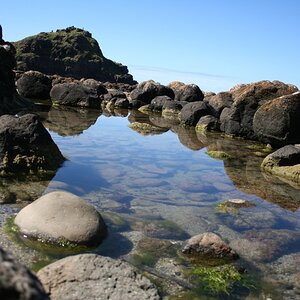
![[No title]](/data/xfmg/thumbnail/31/31751-fb2f68cca32f9eec468dbde7d649840f.jpg?1619734990)
